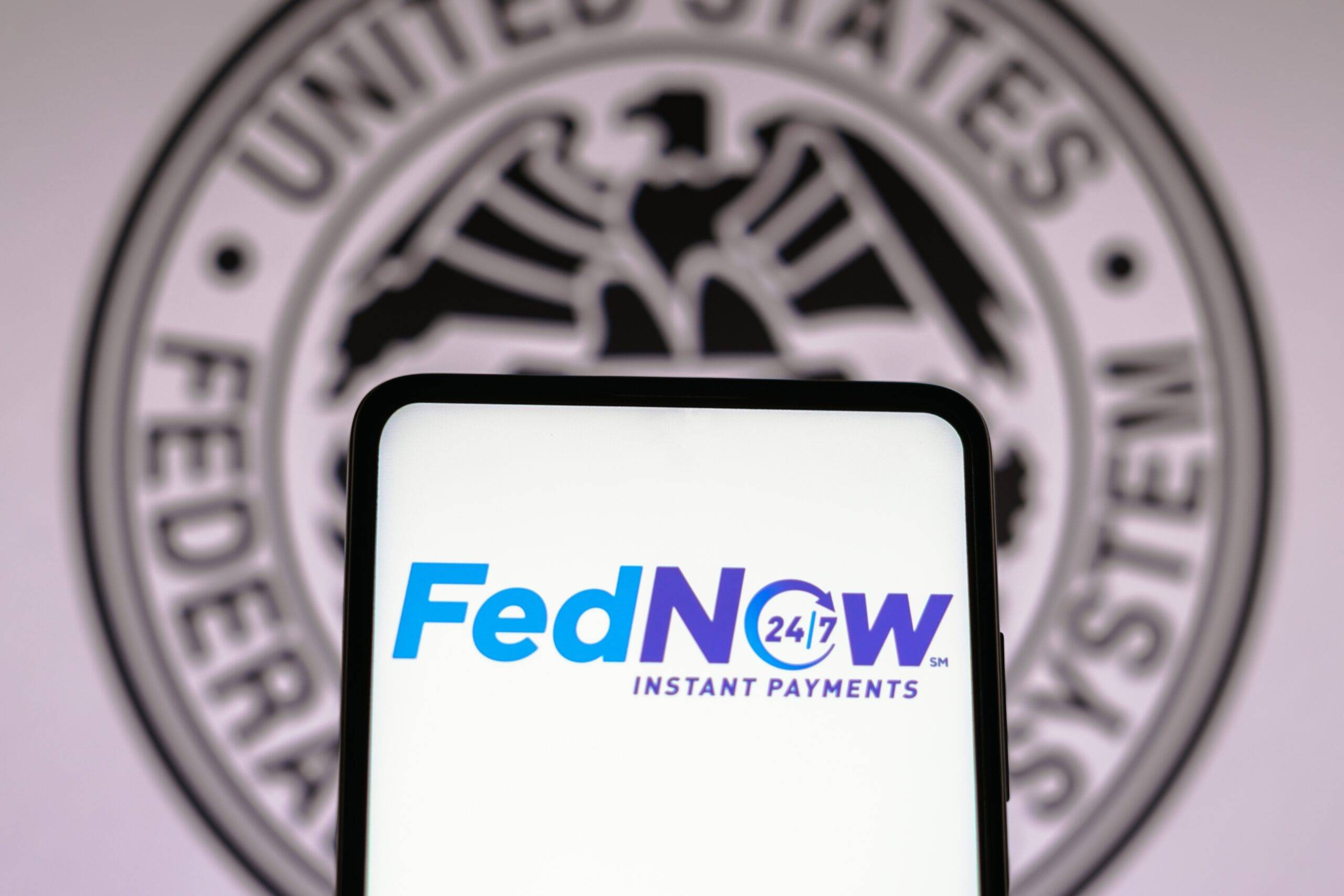The Federal Reserve has always played a role in providing payment services to supplement those of private-sector providers, processing small-value transfers like recurring bill payments and direct payroll deposits. Today, Federal Reserve Banks are working to roll out an instant payment platform this year to help all sizes of financial depository institutions provide safe, instant payment services on any day and at any time. They are integrating with Federal Reserve systems, developing infrastructure, and collaborating with stakeholders on design to make fast payment and settlement available as soon as possible. But what is FedNow, and what does it do?
This Federal Reserve payment system will be called the FedNow Service and will provide businesses and individuals with the ability to send and receive FedNow real-time payments through their depository accounts. Funds will be made instantly available so the recipient can manage their money more efficiently. The platform will increase the number of market options for settling instant payments and help financial institutions provide more innovative instant payment solutions to their customers.
This article will overview the defining features of this new federal reserve payment system, how it works, and the benefits of using it.
The Features of FedNow
The features of the FedNow Service were developed as a direct result of industry feedback, in-depth analyses, and more than 180 comment letters in response to the 2019 Federal Register notice. In an effort to transform the U.S. payment infrastructure, these fed services improve on old ACH payment systems and focus on payment traceability, speed, and transparency.
Wires and ACH payments are notorious for taking too long to process. A primary improvement FedNow provides is that it can process transactions 24/7, even on weekends, bank holidays, and outside normal business hours. Banks on both ends of a transaction can instantaneously swap information and transfer money between customer accounts, and the sender gets instantly notified when their payment is successful.
Other features of the initial FedNow launch in 2023 will include:
- Data security tools for fraud prevention, i.e., transaction value limits, reporting features, etc.
- Liquidity management transfer tool to support instant transactions and liquidity of funds
- Request-for-payment capacity
- Tools to help participants handle payment inquiries, reconcilements, and exceptions
- Option to enroll only as a receiving participant
- Support for the use of correspondents and service providers
- Broadcasting of participant availability
- User interface for data needs
- Access to balance information on weekends
- Interoperability supported by the use of ISO® 20022
- Core settlement and clearing ability to support a variety of transaction types
After these fed services launch, additional features will be added later to enhance case management, fraud prevention, and error resolution. FedNow will also continue to engage with the industry and consider adding features like person-to-person payment support using a receiver alias.
The Benefits of FedNow
FedNow offers many benefits, but one of the most significant is its new ability to support a wider variety of financial institutions, especially smaller banks across communities. FedNow was designed specifically to provide instant payment services to more institutions than ever. Businesses and individuals benefit when sending money is cheap, and settling is quick. As the adoption of FedNow expands, more people will have access to instant payments, which will help individuals get access to their money faster and help businesses run more efficiently with greater insights into their budgets at all times.
Here are some additional noteworthy benefits of FedNow real-time payments:
- Lower cost of processing transactions across several categories
- Integration with the larger network of the Federal Reserve, benefitting local financial institutions and account holders
- Fast access to paychecks instead of delayed payroll times
- More efficient business management thanks to increased cash flow control and flexibility
- FedNow guarantees to handle settlements within 20 seconds, which is much faster than any current alternatives.
Common Users of FedNow
The following types of payments will be supported by the FedNow Service:
- Business to consumer
- Consumer to business
- Business to business
- Consumer to government
- Government to consumer
- Business to government
- Me to me
- Person to person
One of the drawbacks of the initial FedNow launch is its transaction limit of $25,000. While this limit exists, FedNow may not be especially useful for larger-scale organizations and will be primarily beneficial for small businesses, P2P payments, and retailers.
How FedNow Will Work: Payment Flow
So, what is FedNow designed to do? Instant payment systems all follow a similar process flow with two main steps: 1. Clearing, which involves the exchange of payment information and fraud screening, and 2. The settlement, wherein the money moves between the accounts of the sender and receiver. The breakdown is as follows:
Certification of the legitimacy of a transaction
Creation of a record of payment
Settlement by moving money from one bank to the other
Confirmation of the success of the transaction
FedNow will be quick and easy to use. Here is an outline of what the FedNow user experience will be like:
- An individual or business will start a transaction by sending their institution a payment message. The sender’s institution will screen the payment using its own procedures.
- The sending institution will send a payment message to FedNow.
- FedNow will verify that the message meets the required specifications.
- FedNow sends the message to the receiving institution to ensure that it will accept the message of payment. This institution can confirm or deny the payment.
- The receiving institution will respond to FedNow with a positive message of confirmation that it will accept the payment.
- FedNow credits and debits the account of the financial institutions used by the sender and receiver.
- FedNow forwards a payment message to the receiving institution with credit and acknowledges to the sender that the settlement is complete.
- The receiving institution credits the account of the receiver immediately.













